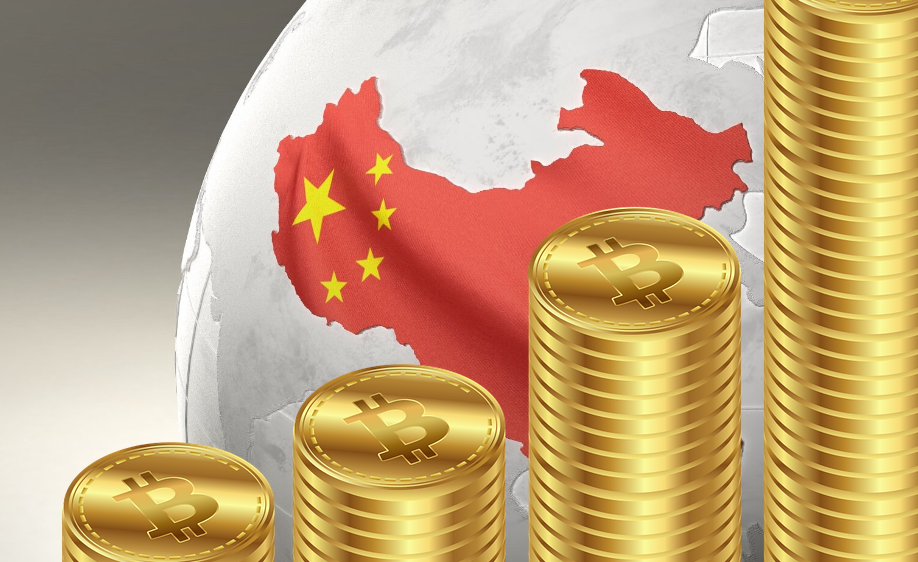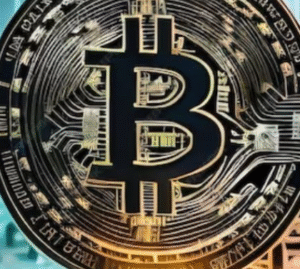$GLD $GC $BTC
#China #Gold #CentralBank #Investing #EconomicPolicy #PreciousMetals #MonetaryPolicy #FinanceNews #KitcoNews #PBOC #GlobalMarkets #Geopolitics
In a return to the bullion market that has caught little of the financial world off guard, the People’s Bank of China (PBOC) has resumed its gold-buying strategy after a six-month hiatus. November saw the central bank increase its gold reserves by five tonnes, demonstrating a renewed commitment to diversifying foreign exchange holdings amid continuing global economic uncertainties. This purchase boosts its total reported reserves to approximately 2,010 tonnes, aligning with recent trends among global central banks to hedge against macroeconomic headwinds. China’s reentry reflects a strategic response to weakening currencies and ongoing geopolitical tensions, which have heightened gold’s attractiveness as a safe-haven asset.
China’s decision to reengage with the gold market holds broader implications for global commodity markets. Over the past decade, the PBOC has regularly alternated between long intervals of silence and aggressive bouts of gold purchasing. Historically, these moves have influenced both market confidence and price stability. November’s five-tonne acquisition is smaller relative to prior surges but still notable given this year’s heightened central bank demand for gold. Institutions worldwide, concerned about inflation, economic slowdowns, and currency depreciation, have been increasing their gold holdings. In 2023, global gold purchases by central banks surpassed market expectations, raising prices for bullion while signaling economic caution.
The timing of China’s renewed purchasing activity warrants particular scrutiny against the backdrop of an increasingly polarized global economy. The U.S. Federal Reserve’s recent tone surrounding rate hikes has slightly softened the dollar’s position, rendering gold an attractive alternative. Similarly, shifts in energy and trade policies between the U.S., EU, and major Asian economies amplify the appeal of gold and other tangible assets like oil and currencies outside the dollar framework. For China, gold can serve as a geopolitical tool as well—acting as a stabilizing reserve while diversifying exposure away from dollar-based assets amid continued tensions with the United States. This move subtly underscores Beijing’s economic resilience and long-term strategy to recalibrate its stance on global trade and finance.
This measured acquisition strategy will likely sustain moderate pressure on global gold prices but is unlikely to disrupt broader commodities markets dramatically unless China escalates its buying tempo. Spot gold prices maintained modest growth in November, with $GC futures trading around $2,035 per ounce. While analysts expect steady increases if central banks, led by China and others, proceed with buying, speculative spikes remain limited by broader macroeconomic constraints. However, should geopolitical or monetary uncertainties deepen, expect a greater pivot to gold, by both nations and private institutions, as a safeguard. In contrast, cryptocurrencies, often regarded as digital gold, like $BTC, may also benefit indirectly, although they remain far more volatile. With China’s recent move, global financial observers will be watching closely to see whether this marks a cautious adjustment or the beginning of more robust gold accumulation.







Comments are closed.